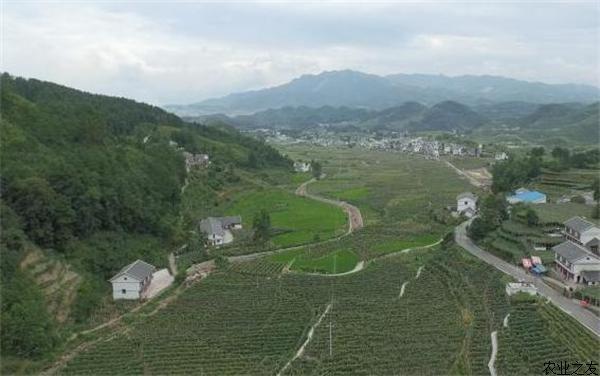On April 3, 2018,
China's MOA and MOF jointly unveiled fiscal policies to support and strengthen
agriculture and rural development. According to CCM’s research, corn planting
is to benefit from this considerably.

China
has made great advances in its agricultural and rural development since the
reforms and opening-up that began in the late 1970s. As a result, the country
has not only been able to provide food for its massive population but has also
contributed to the international agricultural development and food security.
Nowadays,
China is in a key transition period of accelerating the transformation and
modernisation of traditional agriculture and rural society. This process is
facing a series of significant challenges. The agricultural foundation is weak,
there are difficulties in increasing farmers’ incomes and there is a widening
income gap between urban and rural areas.
On
April 3, 2018, China's Ministry of Agriculture and Rural Affairs (MOA), as well
as the Ministry of Finance (MOF), jointly unveiled fiscal policies which are
expected to specifically support and strengthen agriculture and rural
development. This year the central finance is to continue increasing the input
into agriculture, strengthen the project unification and integration and improve
the administration of fund use. In particular, corn planting will benefit from
the following several perspectives.
According
to the policies, the Chinese administration will encourage the focus on rice,
wheat and corn, along with tuber crops, soybean, food grains other than wheat
and rice, other beans, cotton, oil, sugar, vegetables, fruits and tea, and will
select counties which have solid production foundation, outstanding advantages,
distinctive features and strong industry drive to promote the application of
green, high yield and high efficiency technology and to increase the supply of
green and quality agricultural produce.
Furthermore,
the corn and soybean producers in Liaoning, Jilin and Heilongjiang provinces
and Inner Mongolia Autonomous Region will be subsidised. The central finance
will make arrangement for the subsidy in a unified way. The local provincial or
regional government may ascertain their specific subsidy scope, basis and
standards, based on the central requirements and the local conditions. However,
the subsidy on soybean should be higher than that on corn. All provincial or
regional funding for subsidy is expected to be concentrated in advantaged
producing areas. In regard to the rice segment, the central finance will offer the
subsidy to key rice producing provinces: the central finance will allocate
certain funding to the provincial finance and the provincial administration
should make detailed proposal to offer such subsidy. This is aimed at
facilitating the reform of minimum rice purchase price and protecting rice
farmers' incoming.
Finally,
corn, rice, wheat, cotton, potato, oil crops, sugar crops, reproductive sows,
cows, fattening pigs, forests, highland barley, yaks, Tibetan sheep and natural
rubber are included in the central finance's subsidy on agricultural insurance.
Specifically, the provincial administration may ascertain the proportion of
insurance premium paid by farmers. The remainder may be paid by all-level
financial administrations. In 13 key grain-producing provinces, 200
counties are expected to carry out pilot schemes about insurance for big
agricultural disasters in a deep way and to initiate pilot schemes about
full-cost insurance for the top 3 food purpose crops.
The
per capita net income of rural residents in China increased from around RMB130
in the 1970s to more than RMB4500 in 2008. The number living in poverty in
rural areas reduced from 250 million to less than 40.07 million between 1978
and 2008.
About the article
The
information for this article comes from CCM, China’s leading market
intelligence provider for the fields of agriculture, chemicals, food and feed.
Stay
informed with exclusive insights in China’s seed market by subscribing to CCM’s
monthly report Seed China News.
Take
part in the discussion by joining China’s agriculture groups on LinkedIn and Facebook.
Follow
CCM on Twitter: @CCM_Kcomber